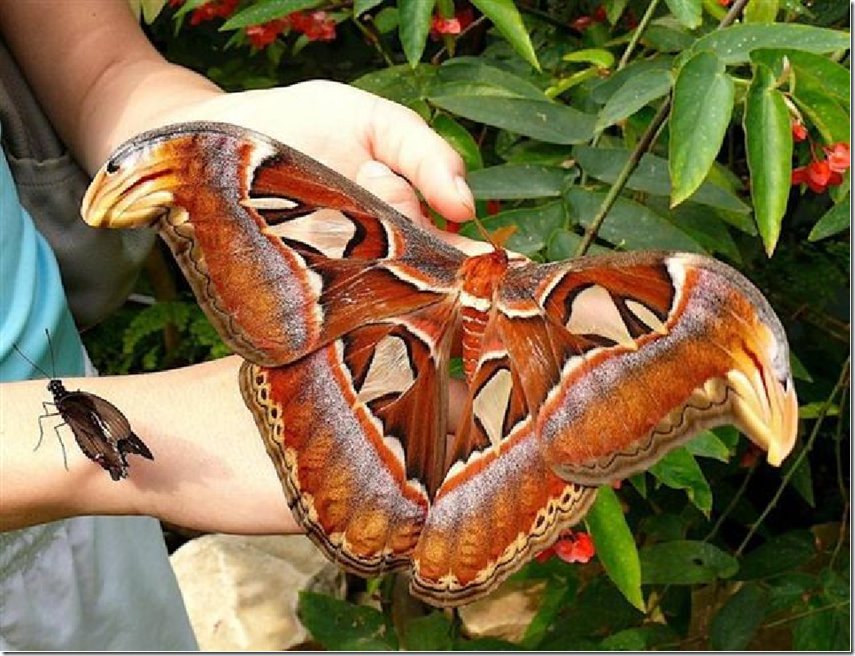You are using an out of date browser. It may not display this or other websites correctly.
You should upgrade or use an alternative browser.
You should upgrade or use an alternative browser.
Post a Cool Picture
- Thread starter KilljoyKlown
- Start date
Eostre, Goddess of fertility. (Of obscure origin.)
The egg, a symbol of fertility, as a baby carriage.
What could be more fitting?

The egg, a symbol of fertility, as a baby carriage.
What could be more fitting?

Cute.
http://www.sanitaryum.com/wp-content/uploads/2010/04/Easter-Dont-Bother-Looking-for-Eggs.
Unfortunately, that page can't be found.
Unless that was the whole point, lol...
Cute.
http://www.sanitaryum.com/wp-content/uploads/2010/04/Easter-Dont-Bother-Looking-for-Eggs.
Unfortunately, that page can't be found.
Unless that was the whole point, lol...
Sorry but for some reason it wasn't showing up so I just switched the link to where it was showing up.:shrug:
Very Big Moth


That is one very beautiful bug!
Looks to be an Attacus atlas.

Looks to be an Attacus atlas.
The Atlas moth (Attacus atlas) is a large saturniid moth found in the tropical and subtropical forests of Southeast Asia, and common across the Malay archipelago.[1]
Atlas moths are considered the largest moths in the world[2] in terms of total wing surface area [upwards of c. 400 cm2 (62 sq in)]. Their wingspans are also amongst the largest, reaching over 25 cm (10 in). Females are appreciably larger and heavier.
Atlas moths are said to be named after either the Titan of Greek mythology, or their map-like wing patterns. In Hong Kong the Cantonese name translates as "snake's head moth", referring to apical extension of the forewing, which bears a passing resemblance to a snake's head.[3]
The largest lepidopteran in terms of wingspan is thought to be the White Witch, Thysania agrippina. A record specimen of Attacus atlas from Java measured 262 mm, while Thysania are claimed to be about 270–280 mm (11 in). Based on some spread specimens and angle of wing, actual measurements of around 289 mm have been estimated.[4]
In India, Atlas moths are cultivated for their silk in a non-commercial capacity; unlike that produced by the related Silkworm moth (Bombyx mori), Atlas moth silk is secreted as broken strands. This brown, wool-like silk is thought to have greater durability and is known as fagara.[5] Atlas moth cocoons have been employed as purses in Taiwan.
http://en.wikipedia.org/wiki/Attacus_atlas
Nice place for a building.


That's the College de Valleyfield in Canada.
It's cool, but it's photoshopped.
http://impressivemagazine.com/2011/12/07/college-de-valleyfield-image-frederic-st-arnaud/
It's cool, but it's photoshopped.
http://impressivemagazine.com/2011/12/07/college-de-valleyfield-image-frederic-st-arnaud/
That's the College de Valleyfield in Canada.
It's cool, but it's photoshopped.
http://impressivemagazine.com/2011/12/07/college-de-valleyfield-image-frederic-st-arnaud/
Good eye Alex, I suspected it was modified.They have a lot of nice work at the site you provided.
That is one very beautiful bug!
Looks to be an Attacus atlas.
Good info, thanks for looking it up.
Cool Art, I like it.
Heavy Metal Bands Map Per 100,000 population.

http://bigthink.com/strange-maps/56...a-3_11_Wed_Kawasaki4_11_2012&utm_medium=email
I thought this was a very interesting picture and you just have to know how mildly surprised I was to see Canada beating out the U.S.

http://bigthink.com/strange-maps/56...a-3_11_Wed_Kawasaki4_11_2012&utm_medium=email
I thought this was a very interesting picture and you just have to know how mildly surprised I was to see Canada beating out the U.S.
Beaten out also by the coast of South America. 
Rata Blanca - the most successful Metal band from Latin America

Rata Blanca - the most successful Metal band from Latin America

Beaten out also by the coast of South America.
Rata Blanca - the most successful Metal band from Latin America
Did I ever mention that metal is very low on the type of music I like to listen to? Before I saw this map I never would have guessed that Norway and Sweden were so deep into metal.
Did I ever mention that metal is very low on the type of music I like to listen to? Before I saw this map I never would have guessed that Norway and Sweden were so deep into metal.
It is not a genre that I have much knowledge of.
Norway and Sweden have a long history of 'heavy metal', lol.

Just a picture of a rock but I thought it was kind of cool. 









